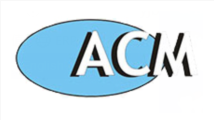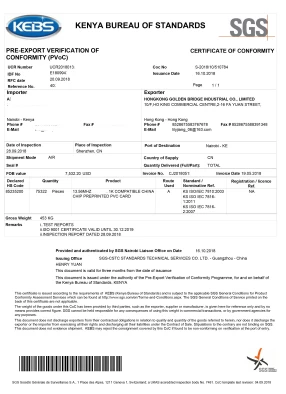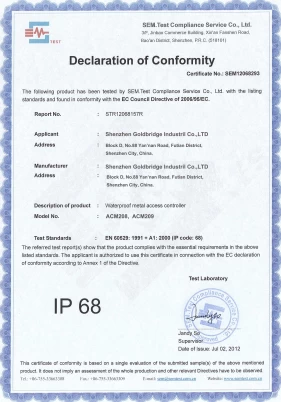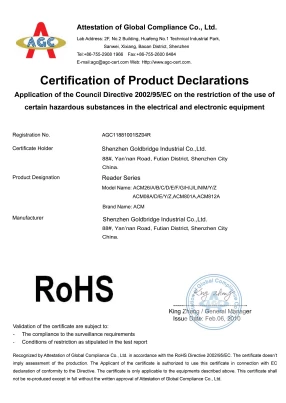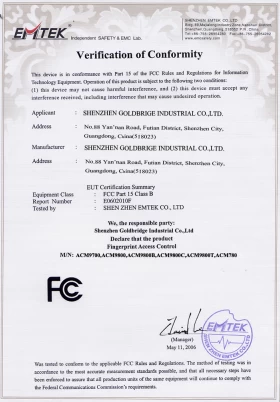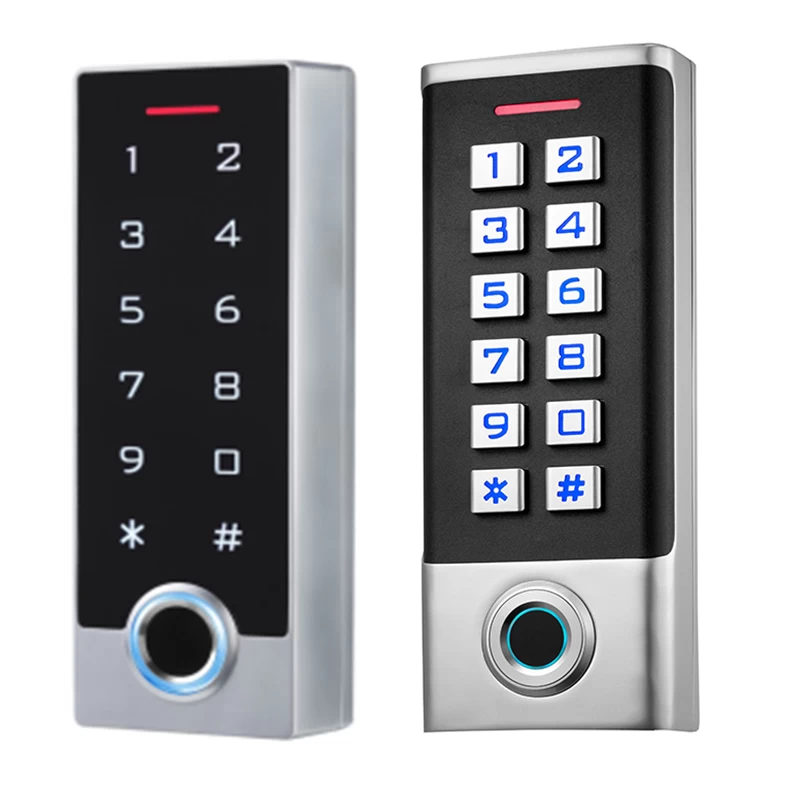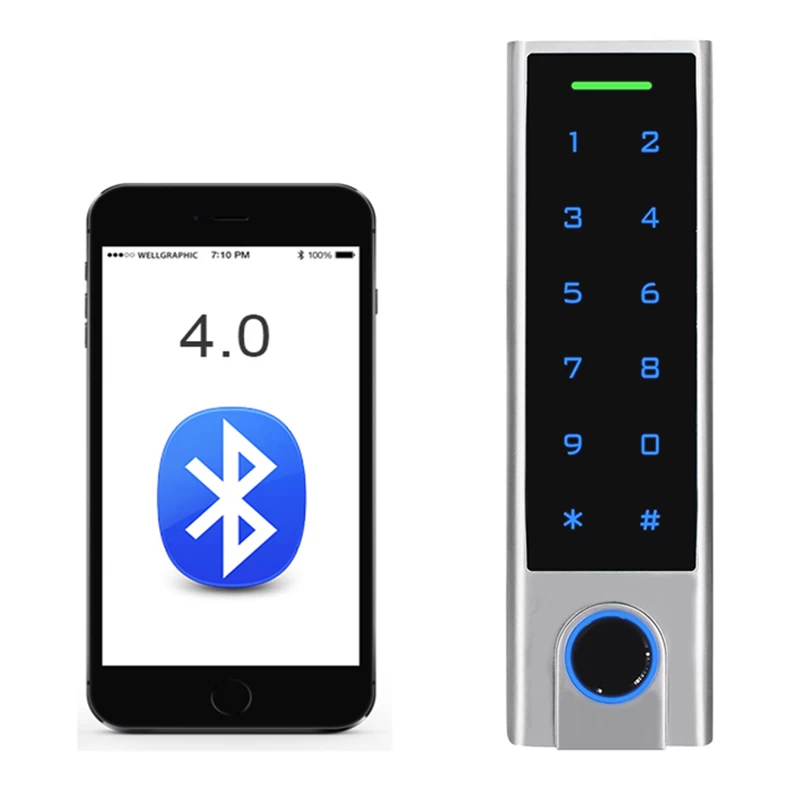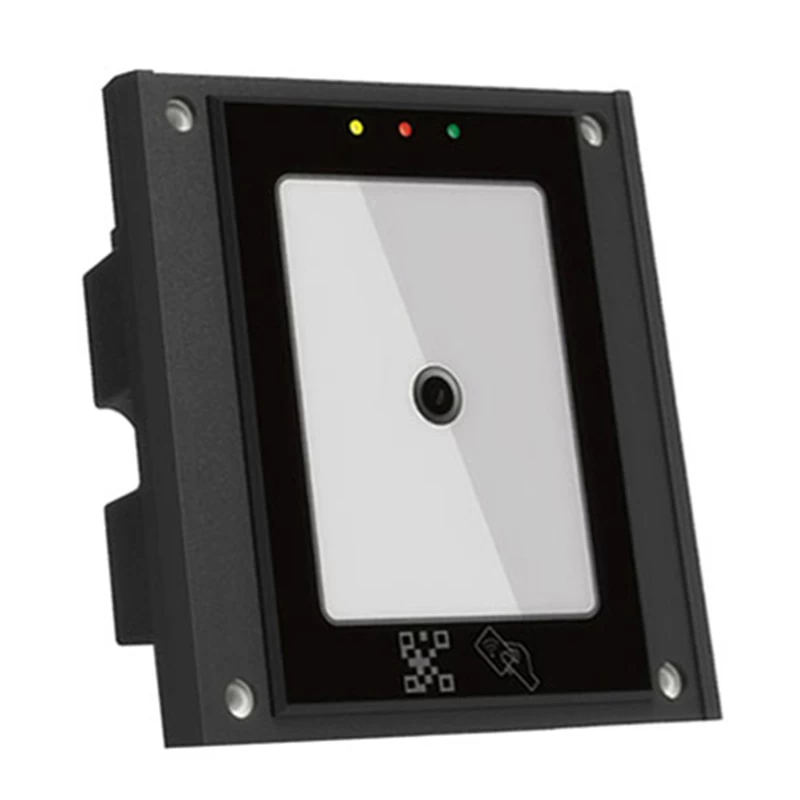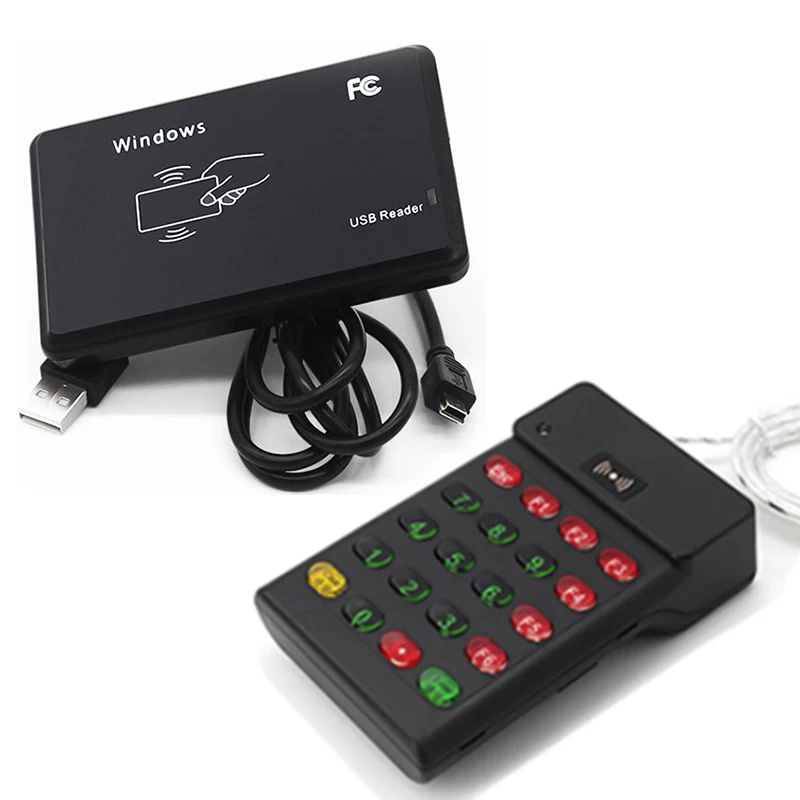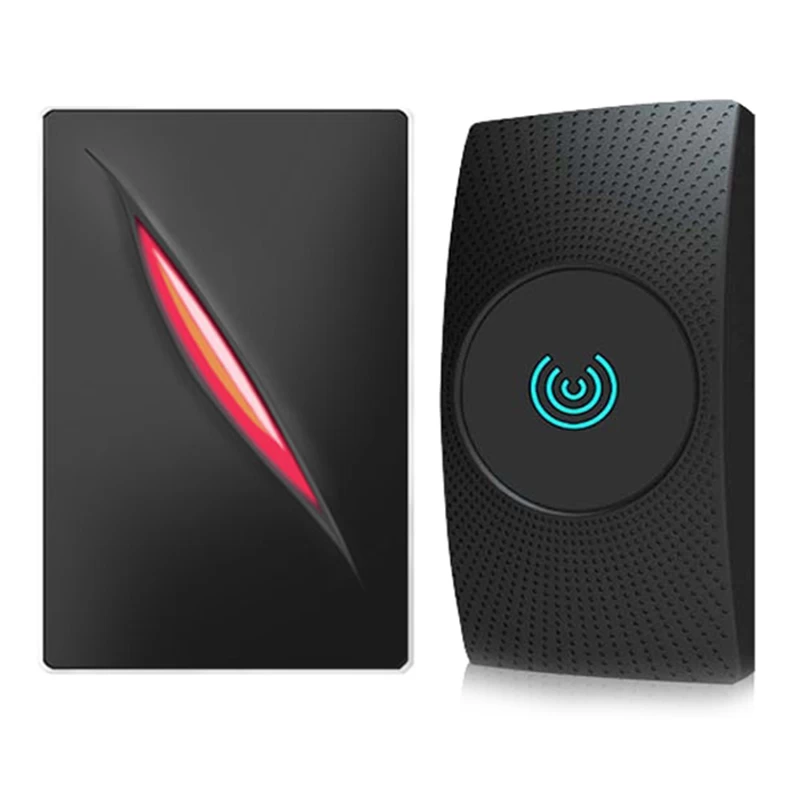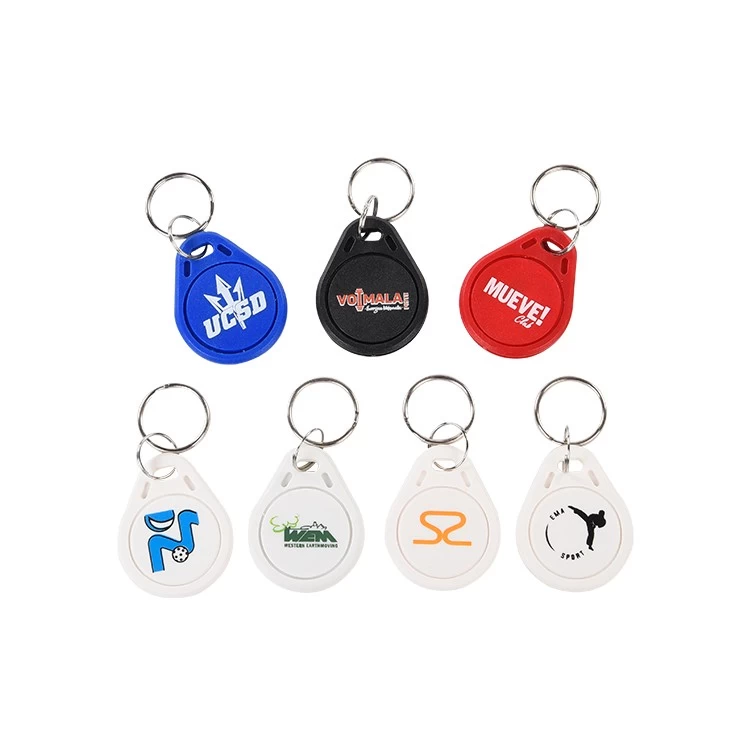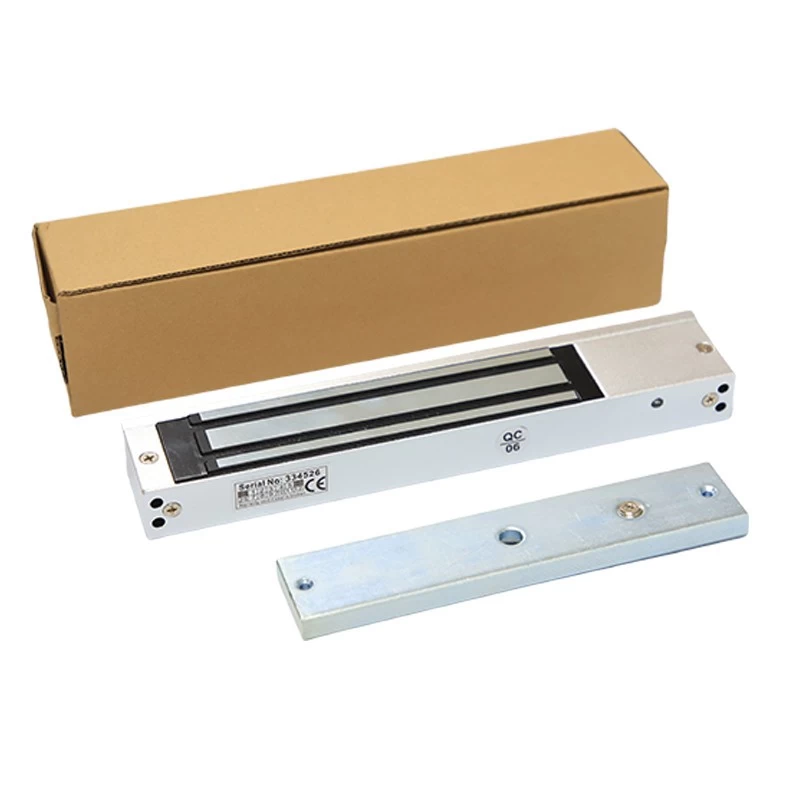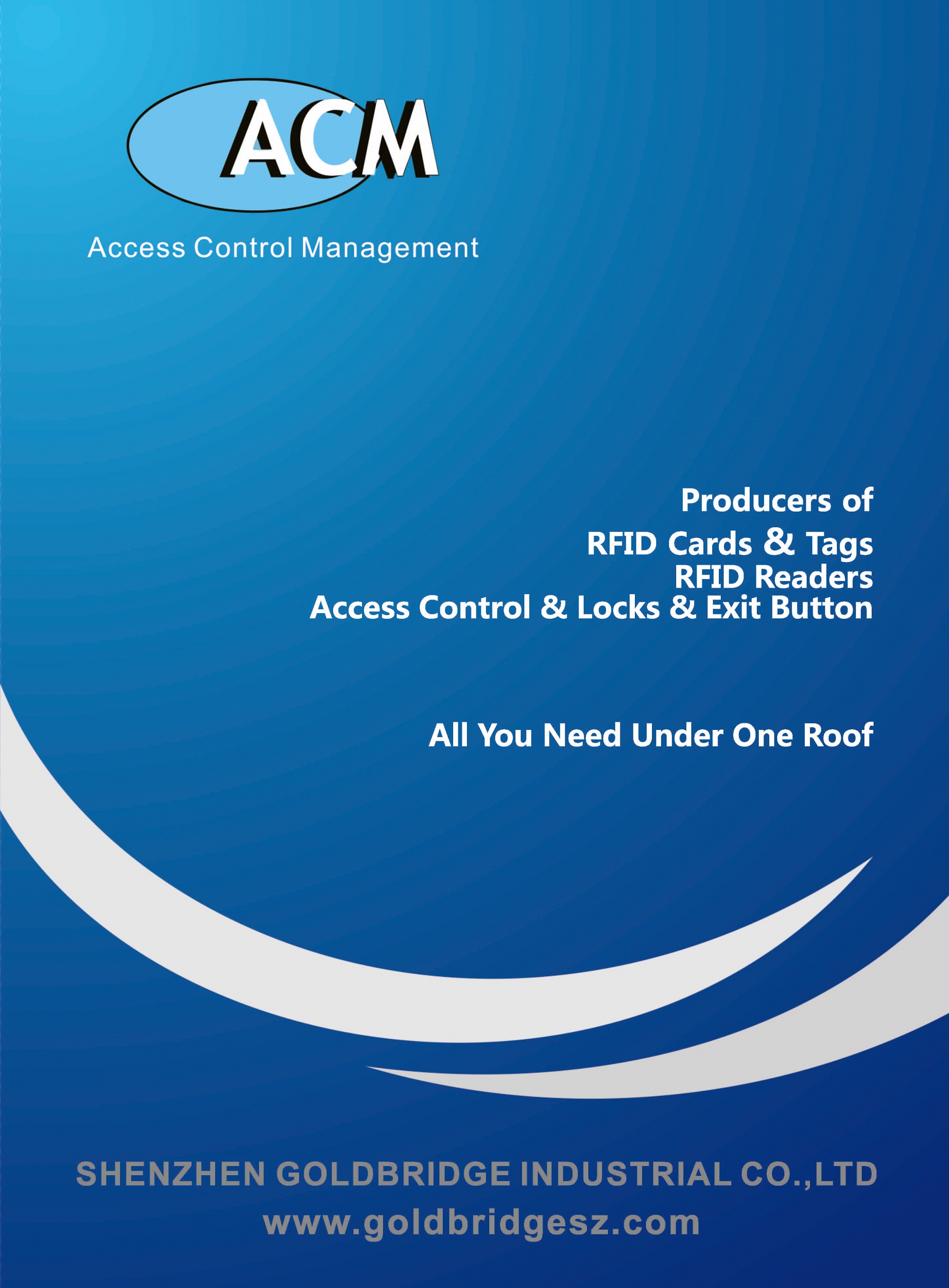What are the 5 most common questions with RFID tags?
2019-01-10 10:13:40
We often encounter customer advice on how to choose the right RFID tag, how to get the best read and write performance, what is the difference between similar products in the market, and how the label installation method and label are more stable in metal environment. We summarize some of the most easily mentioned questions from customers, a unified answer.

1. What kind of RFID anti-metal tag will be recommended?
There are many factors to consider when choosing a label for a particular application, such as the price of the label, the size and shape of the label, but more need to be considered is the distance and the label material, the material of the mounting surface, the method of installation and the environmental impact (including metal, humidity,electric current and other factors), these factors are related to the durability of the label and read and write performance. Achieving high quality and reliable tag reading andwriting requires analyzing multiple variables in your environment.2. Why there are some differences between the label read & write distance and experimental data?
The label will be made some design adjustments based on the application environment, such as adding the protective coating, or making gap to avoid labels installed directly onthe metal. These practices may reduce the label's performance, cause the difference between the actual performance and the initial design. In most cases, RFID tags will lose acertain amount of read-write distance due to the effects of the application environment, especially when tags are embedded into metal or installed in a polymetallic environment.Ordinary tags will temporarily maintain a certain performance, but in order to achieve sustained and stable tag performance, you must choose the tags that are consistent withthe application environment.3. How to install labels on assets?
After tags are guaranteed to read and write in harsh environments , installing the tags becomes a problem, it's also one of the biggest challenges in RFID applications. High-performance metal tags can resist high temperatures or soak into the liquid, but the adhesive on the backside of the tags may not be able to bear it. The ideal application is toembed tags in assets, to ensure the greatest extent possible from the external environment, but in practice, the embedded method may not meet the actual needs. Adhesive on the backside is one of the most common methods for installing the tags, choosing adhesive need to analyze the application environment comprehensively. Extremely cold conditions can also affect the properties of the adhesive and cause the label become brittleness, which requires careful consideration of the temperature that the tags store and work. Not all applications can use glue to install the label, and other common methods of installation are bolt, turn tape suspension or epoxy adhesive and so on.4. What are the potential sources of interference in the application environment?
Tags not attached to the metal directly does not mean that it will not be metal interference. If there are many metal around the asset, or if it pass by a polymetallic surroundings, the tag must be judiciously used to ensure consistent and reliable performance.5. Can high temperature RFID tags be used in all high temperature applications?
Not necessarily. A variety of different applications will require tags to withstand high temperatures. For example, a tag is designed to be used in dry and hot environments cannot be used in a steam autoclave or other high temperature applications. High temperature RFID tags are designed for different types of applications to meet the needs of differenthigh temperature RFID applications, such as vehicle painting workshop, medical high temperature and high pressure steam sterilization.
